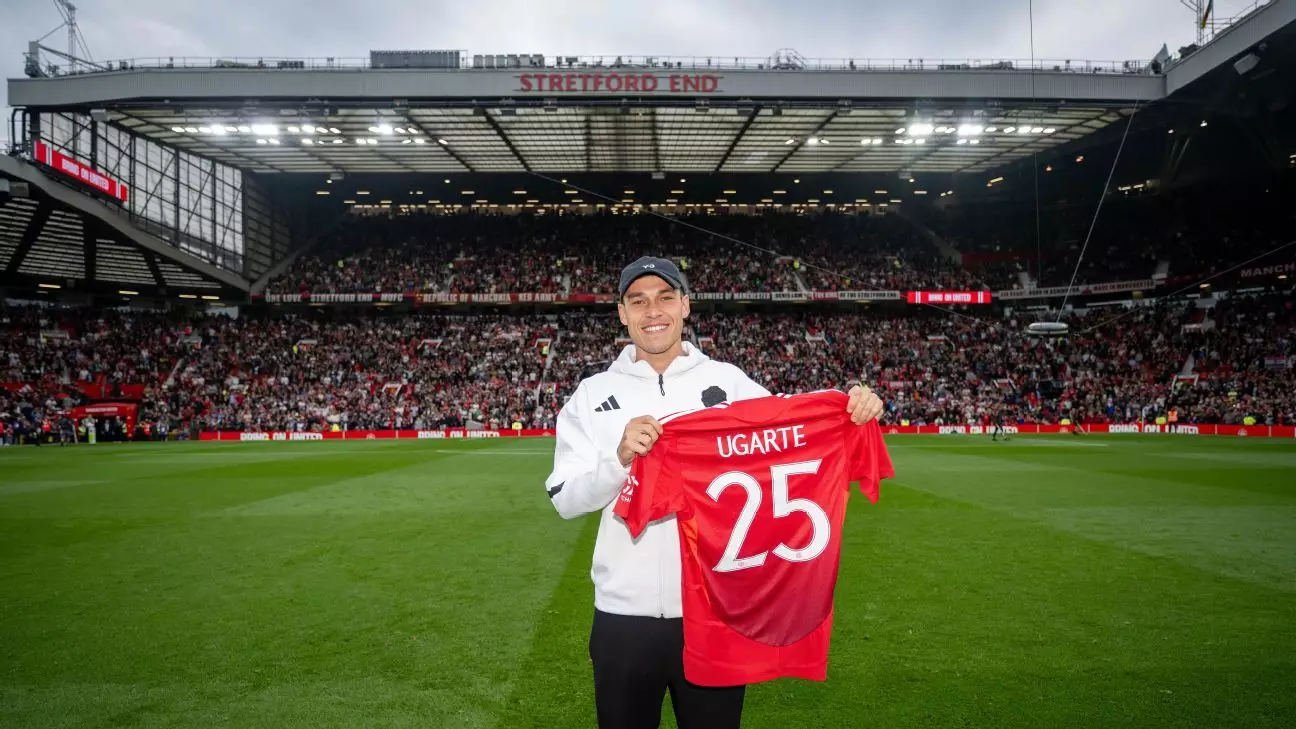The summer 2024 transfer window closed with a clear indication that the Premier League clubs have significantly reduced their spending. According to Transfermarkt, the net spend for Premier League clubs this summer was approximately £629.8 million, a significant drop from the £1.070 billion spent in 2023. This decline in spending is the lowest since the summer of 2014, excluding the COVID-impacted summer of 2021. The sharp decrease in net spending reflects a correction in the market, signaling that clubs have finally realized they have been overspending and are now facing the consequences.
The financial struggles of Premier League clubs have been highlighted by Swiss Ramble, a renowned football finance blogger. Operating losses have more than tripled, from £413m in 2018-19 to £1.338bn in 2022-23. Despite some relief from player sales, the financial situation remains dire, with a loss of £710m in 2022-23. Owners are now required to inject money into their clubs to keep them afloat, with a record £1.1bn of owner funding in 2022-23. The unsustainable spending of the past has brought clubs to a critical point where financial prudence is now essential for survival.
There are fundamentally three reasons for investing in a business, and Premier League clubs are facing the harsh reality that none of these reasons are currently viable. Some owners invest in clubs for personal enjoyment or status, while others seek profitability or future growth in the club’s value. However, recent events have shattered these illusions, with clubs struggling to attract buyers at the expected valuations. The focus has shifted to sustainability and cost-cutting measures to navigate the financial challenges in the current football landscape.
Clubs rely on three primary revenue streams – match day receipts, broadcast revenue, and commercial revenue. However, the growth potential in these areas is limited, with match day revenues already maximized for many top clubs. Broadcast revenue from TV rights has remained stagnant, prompting leagues to sign longer deals for stability. While commercial revenue has shown growth, it is insufficient to cover the escalating player wages. The gap between rising costs and revenue has led to sustained financial losses, forcing clubs to reevaluate their spending habits.
Clubs are adopting strategies to shed high-earning players and reduce costs to achieve financial stability. Fixed-term player contracts provide clubs with opportunities to offload high earners and replace them with more cost-effective options. The focus is now on developing young talents with resale value rather than investing in aging players with diminishing returns. Clubs are becoming more strategic in their recruitment processes, prioritizing long-term sustainability over short-term gains.
While the current financial challenges facing Premier League clubs are significant, the focus on sustainability and prudent spending bodes well for the long-term health of the sport. The ability to quickly adjust costs and adapt to changing financial landscapes will ensure that football remains resilient and continues to grow. While the days of exorbitant spending may be behind us, the emphasis on financial responsibility will lay the foundation for a more stable and sustainable future for football clubs worldwide.
